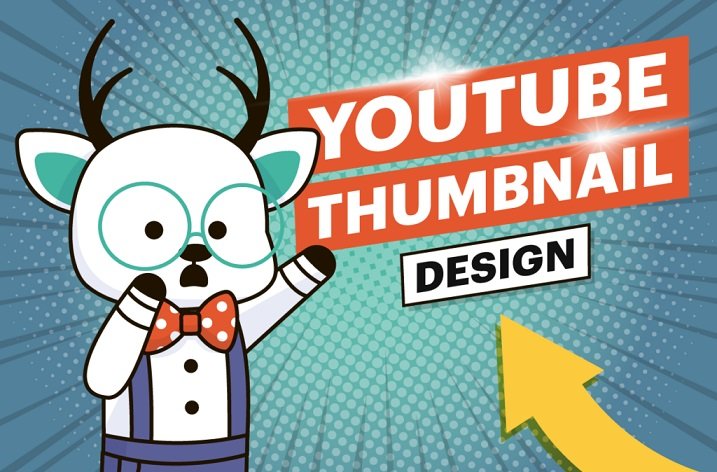In today’s fast-paced digital world, poster printing remains an essential and effective way to communicate visually. Whether you’re promoting an event, advertising a product, or simply creating artwork for personal use, high-quality posters are an excellent medium to catch attention. But how do you ensure your printed poster stands out from the crowd? This comprehensive guide will take you through everything you need to know about poster printing, from design tips to choosing the right materials and techniques.
Why Poster Printing Still Matters in a Digital Age
While digital marketing and online advertisements are incredibly popular, printed posters continue to hold significant value. Posters offer a tangible, eye-catching, and cost-effective way to communicate messages to your audience. Posters can be placed in high-traffic areas, where they can create a lasting impact on viewers in ways that digital ads often cannot. The physical presence of a poster invites repeated viewings, reinforcing your message every time someone passes by it.
Designing the Perfect Poster
Creating an effective poster starts with strong design principles. You want your message to be clear, bold, and visually compelling. Here are some essential tips for designing a poster that grabs attention:
1. Define Your Purpose and Audience
Before you start designing, it’s crucial to know what the poster is intended to achieve and who it’s aimed at. Is it for an upcoming concert, a new product launch, or a charity event? The purpose and target audience will determine the style, tone, and overall aesthetic of your poster.
2. Use Bold and Readable Typography
The text on your poster needs to be easily readable from a distance. Choose bold fonts for headlines and ensure that the font size is large enough for visibility. Consider pairing different fonts for headings and body text to create contrast and hierarchy. Keep your message concise—too much text can overwhelm and deter readers.
3. Incorporate High-Quality Images
Images and graphics are vital components of a poster. Use high-resolution images to ensure your poster looks sharp when printed. If you’re using photographs, make sure they are relevant and professionally edited. For illustrative posters, focus on eye-catching, clean designs that resonate with your brand or theme.
4. Play with Color
Color can evoke emotions and set the tone for your poster. Choose a color palette that aligns with your message. Bright, vibrant colors can grab attention, while muted tones might be more suitable for a professional or subdued look. Be mindful of color contrasts to ensure text is legible.
5. Balance the Layout
Ensure your poster has a well-balanced layout. A cluttered design can confuse viewers, while too much white space can make it look unfinished. Use alignment and proportions to guide the viewer’s eye from one element to another in a natural, intuitive way.
Choosing the Right Printing Materials
Once you’ve perfected your design, it’s time to think about the materials you’ll use for printing. The right combination of paper, ink, and printing method can take your poster from good to exceptional.
1. Paper Stock Choices
The type of paper you choose plays a significant role in the final look and feel of your poster. The most common options include:
- Matte Paper: This option offers a non-reflective finish, making it ideal for posters that will be displayed under bright lights or outdoors.
- Glossy Paper: Glossy finishes add a shiny effect, making colors appear more vibrant. This option is often used for movie posters, advertisements, and artwork.
- Satin Paper: Satin paper is a middle ground between matte and glossy. It provides a smooth finish without being too reflective, making it a popular choice for various applications.
2. Paper Weight
Paper weight, measured in grams per square meter (gsm), affects the durability and stiffness of your poster. For larger posters or those meant for long-term use, opt for heavier paper (e.g., 200gsm or more). For temporary posters, a lighter paper (around 120gsm) may suffice.
3. Eco-Friendly Options
If sustainability is important to your brand, consider using recycled paper or other eco-friendly materials for your posters. Many printing services now offer environmentally conscious options that maintain high quality while reducing your carbon footprint.
Printing Techniques for Professional Results
There are several printing methods available, each with its own advantages depending on your needs and budget.
1. Digital Printing
For small print runs or when you need a quick turnaround, digital printing is the way to go. It’s cost-effective for short runs and delivers crisp, vibrant results. This method is commonly used for event posters, promotional materials, and limited-edition prints.
2. Offset Printing
Offset printing is ideal for larger print runs due to its cost-efficiency and high-quality output. While the initial setup cost is higher, it becomes more affordable when printing in bulk. Offset printing also offers greater control over color consistency and detail.
3. Screen Printing
If you’re looking for a more artistic or handcrafted feel, screen printing might be the perfect choice. This technique is popular for posters that require bold colors and unique textures. Screen printing is often used for limited-edition art posters and concert promotions.
Finishing Touches: Lamination, Framing, and Mounting
After printing, you can enhance your poster’s durability and appearance with a few finishing touches:
- Lamination: Protect your poster with a layer of lamination, which can be matte or glossy. Lamination adds durability and can prevent fading or wear over time.
- Framing: For posters that will be displayed in a professional setting or as part of a collection, framing can add a polished look. Choose a frame that complements the design and the setting in which the poster will be displayed.
- Mounting: If you’re looking for a sturdy display option, mounting your poster on foam board or another rigid surface can prevent it from bending or wrinkling. This is especially useful for trade shows, presentations, or public displays.
The Importance of Professional Printing Services
While it’s possible to print posters at home, using a professional printing service ensures the best possible quality. Professional printers have access to high-grade materials, specialized equipment, and the expertise needed to produce stunning, long-lasting posters. They can also offer valuable advice on paper types, finishes, and more to make your poster truly stand out.
Conclusion: Create Posters That Make a Statement
Poster printing remains a powerful tool for communication, promotion, and art. Whether you’re creating a poster for a business, event, or personal project, taking the time to perfect your design, materials, and printing techniques can result in a high-quality product that captures attention and makes a lasting impression.




